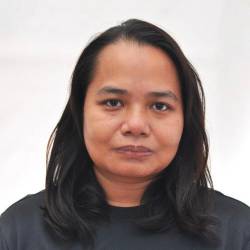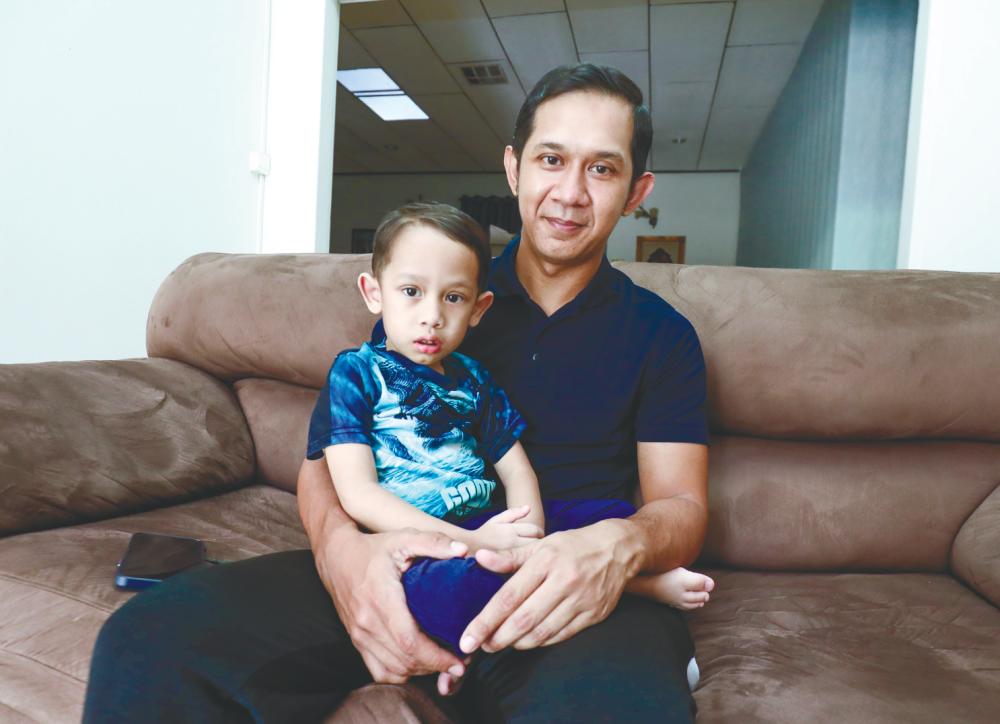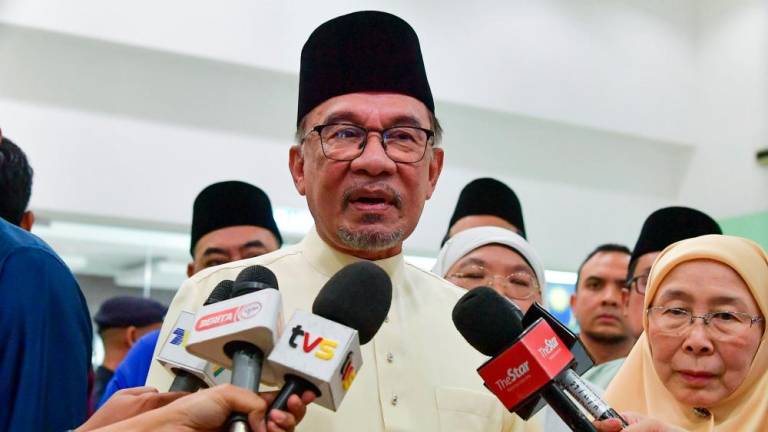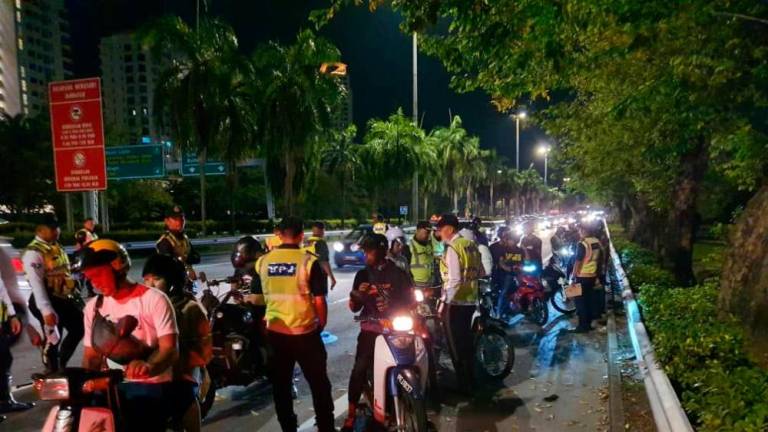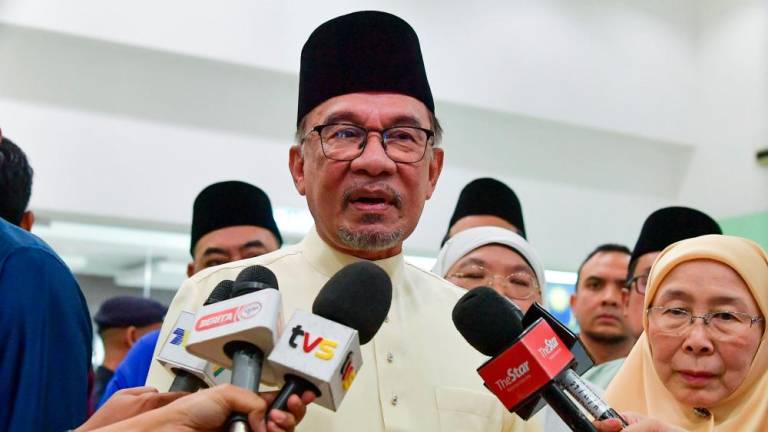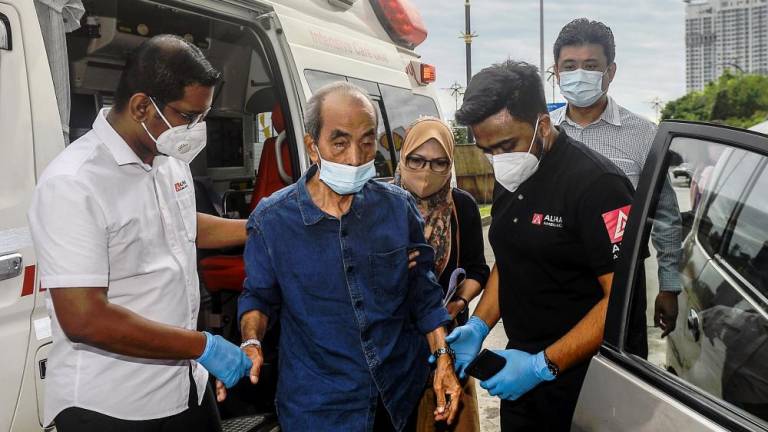PETALING JAYA: It was four years ago when Aysar Nasri Muhammad Nassar was diagnosed with biliary atresia, a condition that blocks the tubes which carry bile from the liver to the gallbladder. Aysar was only two months old then.
His father, Muhammad Nassar Sanusi, then 29, said he was worried when Aysar showed signs of jaundice and his stools contained fatty mucus.
“Aysar had jaundice when he was born. That lasted two weeks but it returned when he was two months old. My wife Nor Asy Syifa Mohd Fauzi and I decided it was best to get him checked by a doctor,” he told theSun.
The couple took their eldest son to a specialist at a private hospital in Kuala Lumpur, who confirmed that his bile ducts, which are either inside or outside the liver, were not developing normally.
They were told that Aysar needed to undergo a procedure called Kasai, in which surgeons had to remove the damaged ducts that were outside the liver, and then used a small part of the intestine to replace the ducts at the spot where the bile was expected to drain.
This segment would not only connect it to the liver but also to the rest of the intestine.
Aysar was often admitted to the intensive care unit (ICU) due to sudden bouts of high fever.
“We would go to the ICU every two weeks and it would cost us RM1,000 a day. I couldn’t afford it so I asked for his case to be referred to a public hospital.
“We were referred to the Universiti Malaya Medical Centre,” he said.
At the hospital, Aysar was given antibiotics to reduce his fever but his jaundice was still present.
“His liver became hard and his stomach was bloated. We were told that his liver was in such a state because the bile was accumulating in the liver, which made it difficult for it to be flushed out,” Nassar said.
Aysar was being tube-fed through his nose with a special formula.
Nassar was also told that Aysar would need to undergo a liver transplant when his weight reached 10kg.
“Aysar was only 6kg at that point. He was fed every two hours to increase his weight.”
After the young family was told that a liver transplant would cost RM120,000, Nassar decided to raise money through the GoFundMe platform on Facebook. He also approached the media, which helped the couple reached the target in 24 hours.
“But Aysar’s weight was still 6kg, so his surgery could only be done the following year.
“I was worried that his condition would get worse, so I decided to take him to India to have his surgery at a New Delhi hospital.
“The hospital was referred to me by the Biliary Atresia Malaysia Association (Bama).
“I became my son’s donor,” he said, adding that the liver is a unique organ that can grow or regenerate itself.
But their journey was far from over. Even after the transplant, Aysar still had to undergo two more surgeries.
His body was rejecting the new liver. A vein was also blocked.
Nassar recounted that even before the procedure, the family had accepted the possibly risky outcome of Aysar’s situation.
“But we had to try our best, even if it meant that he would not survive,” said Nassar.
Aysar is now in good health. At the time of the interview, he greeted his father with a smile after returning from a kindergarten in Kajang.
Bama president Mudzaffar Shah Ali said biliary atresia is a rare disease, with only one in 20,000 people worldwide having it.
In Malaysia, there are between 10 and 20 cases diagnosed each year, but there could be many more undiagnosed.



